When my father Walter Elliott travelled to Montreal in 1967, he came as part of a contingent from Trinidad and Tobago during Canada's centennial year — the year Carnival came to Canada. He moved here a year later for good on his own. Even though he was a dancer and actor, his real passion was art ... particularly the art of creating costumes for Carnival.
My dad is now in his 70s and our family keeps trying to get him to slow down. We constantly ask him to only design costumes and not spend hours at a mas camp or in the basement, gluing feathers, bending wires, running braid and other embellishments. But he's been designing and building costumes for his whole life. He lives and breathes Carnival.
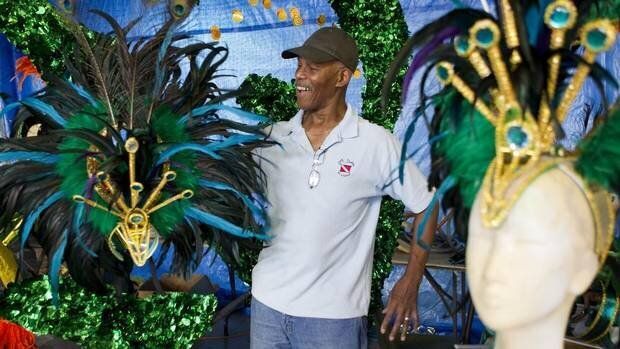
My dad often talks about the "Ole Mas" or traditional costumes he knew of growing up in Trinidad and Tobago. Carnival was born out of slavery, and the word "mas" comes from, masquerade.
"Slaves on islands with Catholic colonizers, like the French and Spanish, would mock or make fun of the elaborate masquerade balls their colonizers held," notes Camille Hernandez-Ramdwar, associate professor at Ryerson University for sociology/Caribbean studies.
In their own circles, the slaves would alter the ballroom antics they witnessed in the great house. Distinct characters began to emerge that were exaggerations of their slave masters, such as Dame Lorraine and Pierrot Grenade.
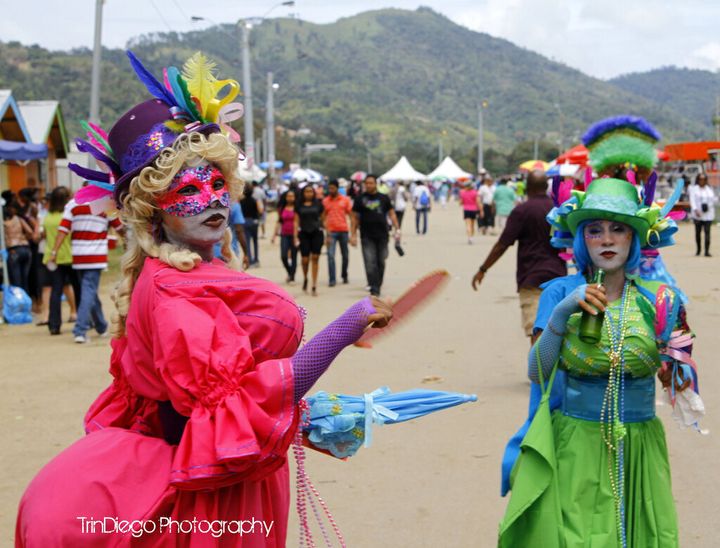
"[The tradition] was creolized by most the powerless people in the society turned it into something amazing ... a form of rebellion ... and social commentary," Hernandez-Ramdwar explains.
I still shudder at the thought of my dad's stories about some of the underworld characters that are also part of that "ole mas" tradition, like Jab Molassie.

Dwayne Dixon, executive director of Toronto's Nia Centre for the Arts, says the mockery "grew into a celebration of their freedom when slavery was abolished. A carnival costume is [now] a way for outward expression of freedom and happiness. It allows the participants to feel a part of a group/family where they can unapologetically celebrate their culture and triumphs."
Costumes evolved and continued to be a mirror of what was happening in the islands post-emancipation. The type of mas that was popular when my dad was first learning the art form was that of civilizations.
"In the 20th century, costumes moved from being [more of] a rebellion to large-scale productions." adds Hernandez-Ramdwar, portraying people like the Roman Empire, Egyptians, African dynasties, etc.
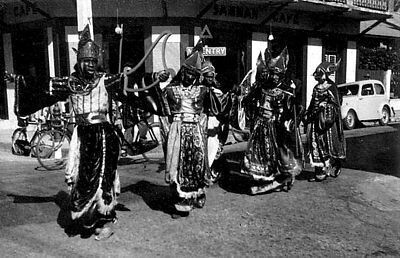
My dad talks about the prevalence of shields, capes and spears at that time. He learned from the skilled artisans in his Jones St. neighbourhood, people who had a prowess for bending wires, making masks, etc. He talks a lot about one man "Sardie," who he really looked up to. All the trends in costume design and the genres that emerged all stemmed from the islands, then showed up in costumes in Canada.
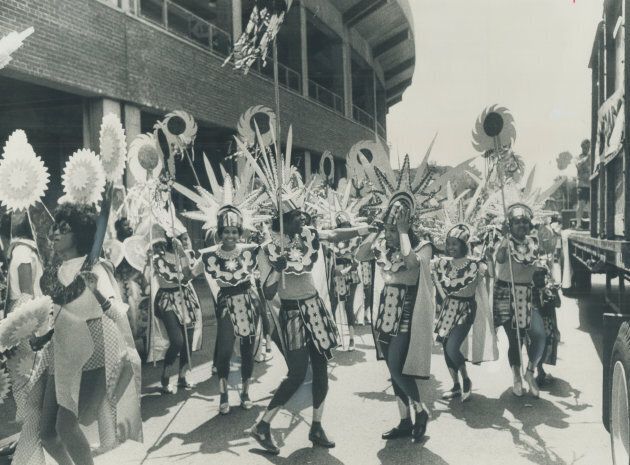
The 1980s ushered in the so-called "me generation." People starting going to the gym and caring about their appearance.
"Cocaine came on the scene in Trinidad. It's a very narcissistic drug — everything then becomes about sex, and the music by extension started getting faster," explains Hernandez-Ramdwar.
In that vein, bikini mas became popular. As the years progressed, the costume designs were now more and more being modelled off Brazil Carnival, which has its own unique traditions.
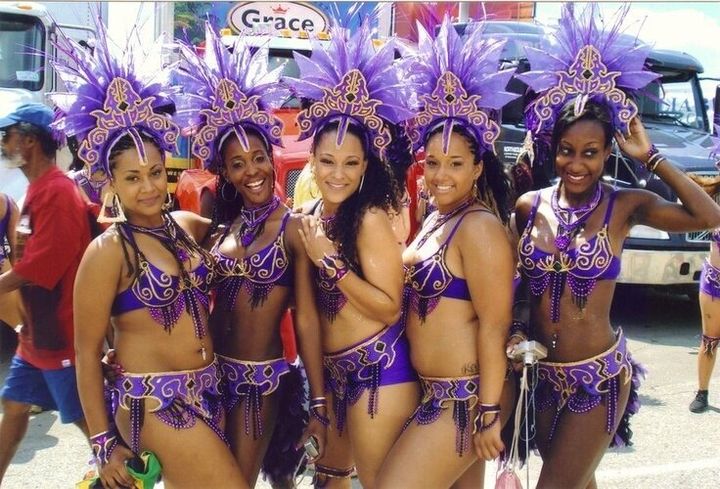
As a child of the 80s, I grew up hanging out in mas camps in St.Vincent and the Grenadines and in Toronto. They feel like a big family, where everyone comes together for the love of mas, and for the love of Caribbean culture.
My dad taught me how to use a glue gun and how to push past burnt fingertips. I learned how to dust costumes with glitter, hang piats, place feathers and so on. Up until 2007, each time I played Toronto Carnival, whether female individual (larger costume) or regular mas, my dad and I would make my whole costume from scratch. We cried together at Lamport Stadium one year when part of my costume fell on stage. Blood, sweat and tears. In many ways that's what mas is all about.

By this time, Caribana (as it was called then) was growing and the route was moved in 1991 to accommodate the larger numbers. The commercialization of Carnival had already began to take hold in the islands, and we saw it here with the introduction of a title sponsor for the festival. More and more people were playing mas. Then came the mass production of carnival. According to my father "In order to fill all the orders the bands were getting ... the band leaders had to outsource creation of the costumes to China and India."

Most mas bands in Toronto now only make head pieces and back pieces in the various camps, in addition to the bigger wheeled costumes like the Kings and Queens.
But we have seen concerted efforts by several groups in the Caribbean, as well as in Canada, to hold on to the art form. The Nia Centre, through their new Carnival Arts programming, does their part by conceptualizing and creating carnival costumes.
So when I think about all of this as a whole. I realize that my dad is now that guy on Jones Street. He is "Sardie!" I can't be frustrated with him for still working so hard on costumes. He wants to pass on his craft to people like Akil Heywood of Atlantic Mas Toronto. My dad is just trying to make sure the art form that is so much a part of who he is ... stays alive. It's all for the love of mas!
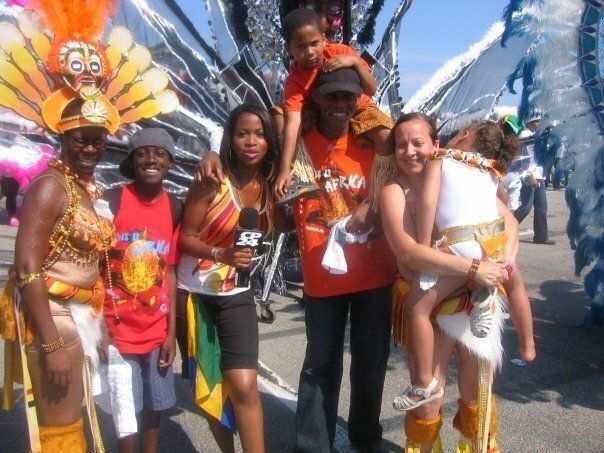
Also on HuffPost: